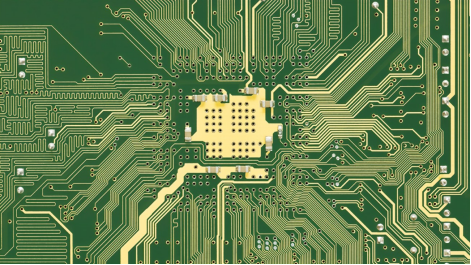

Today we will start to learn about the principles and tips for high-frequency-speed PCB routing.
Let’s start from 3 common rules:
1. PCB Design Routing Basics
1) Each via adds approximately 1 to 3 nH of inductance to the circuit
.
2) The inductance density of a PCB board is typically measured at 1nH/mm
.
2. 5-5 Principle
The 5-5 principle is a rule for selecting the number of layers in a printed circuit board
. When the clock frequency reaches 5MHz or the pulse rise time is less than 5ns, a multi-layer PCB board is recommended. If cost considerations lead to the use of a double-layer board, it is suggested to use one side as a complete ground plane layer
to provide a good reference plane and reduce signal radiation and interference.
3. 20H Principle
The 20H principle is mainly to suppress power radiation
. The electric field has an edge effect, which means the electric field is uneven at the edge of the capacitor. To avoid the edge effect of the power supply, the power layer should be retracted 20H relative to the ground layer. The H here refers to the thickness of the dielectric between the power layer and the ground layer. Typically, the GND layer is retracted 20mil (0.508mm) relative to the board frame, and the Power layer is retracted 60mil (1.524mm) relative to the board frame, i.e., the power layer is retracted 40mil relative to the ground layer
. This can effectively limit the radiation of the electric field and reduce electromagnetic interference.